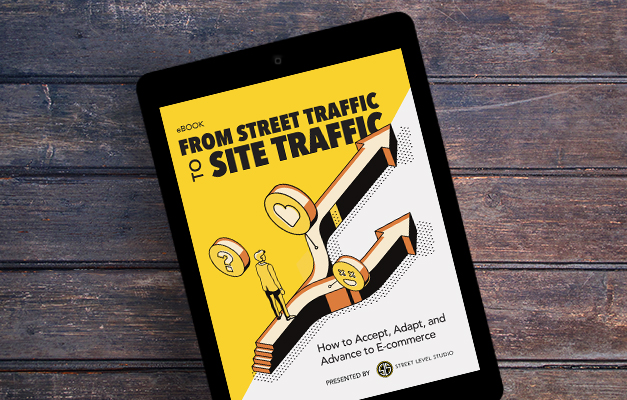The 3 Phases of E-Commerce
“Societal trends related to how we work, how we learn, how we shop, and how we use technology are changing rapidly. While these trends were already unfolding before the crisis, we are seeing an acceleration that will lead to a new normal coming out of the crisis. While a short-term reaction is needed to survive, a long-term view will make winners. Companies that invest courageously and timely in pivoting their businesses toward the behavioral changes can capture market shares and emerge as market leaders, post-pandemic.” —Deloitte article
Nearly every business has been affected by the coronavirus crisis, but the impact has been especially acute for companies still relying on traditional sales strategies. As stay-at-home orders were issued, nonessential businesses were forced to temporarily close their doors. In that moment, all many of them could do was watch as the pandemic altered their customers’ buying behaviors by sending them online.
While e-commerce has been around for a long time, these businesses have typically been a bit late to the party, perhaps due to a lack of resources—or the urgency—to fully commit to digital transactions. But it hasn’t taken long to realize they can no longer depend on a perfunctory online presence that feels more like lip service than customer service. Or as Warren Shoulberg put it in a recent Forbes article: “. . . this is the day they must take their online businesses seriously and give them the attention they need to be successful.”
COVID-19 is forcing businesses to not only pivot and adapt to the current environment but also to reckon with the likely reality that today’s disruptions will have a lasting effect on how business is conducted in a post-pandemic world. According to one recent survey, for example, 56 percent of US consumers have increased their online shopping during the pandemic. Fourteen percent said they had shopped online for the first time as a result of the coronavirus outbreak. And nearly half said they expected to continue shopping online after the pandemic.
That’s actually good news. There likely will be measurable benefits to having an optimized online presence and a digitally active customer base down the road—from increased efficiencies and greater opportunities to expand into new markets to being better positioned to lessen the impact of any future business interruptions.
A year ago, nobody saw this coming. Even a few months ago, it was still hard to grasp the magnitude of the challenge businesses faced. But here they—and you—are. And there’s no doubt that offering robust e-commerce capability has never been more important.
Just as your customers are building new, lifetime habits, you will want to make sure your company is part of the “now normal” as well as the new normal that will emerge. So, here’s more good news. Businesses with modest or no e-commerce presence can move quickly to change their business trajectories. If you’re wondering if you should be making the move to e-commerce—or a more robust online presence—you’ll want to read our e-book about the three phases of e-commerce transformation. It can help you accept this reality, adapt accordingly, and advance in this new marketplace.
